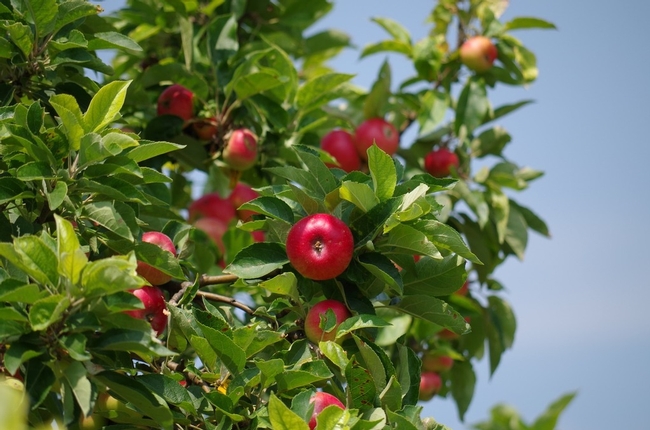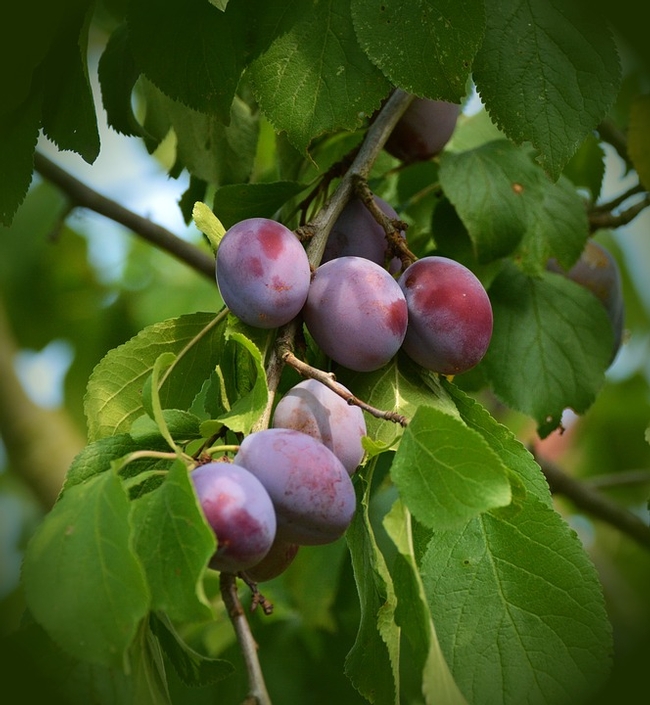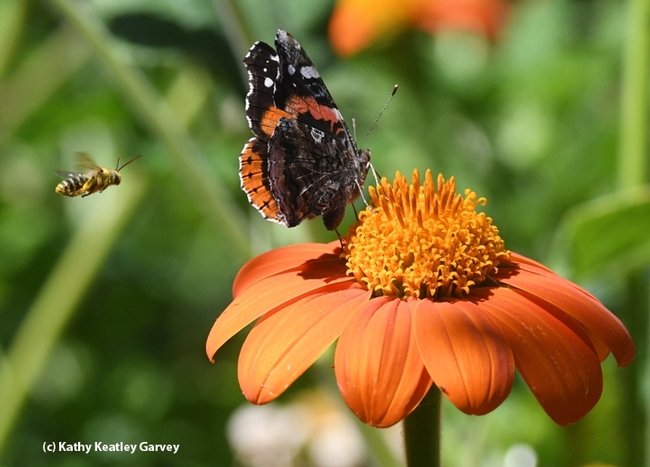- Author: Ed Perry
Home gardeners often become concerned when their fruit trees begin dropping fruit prematurely. In some cases, fruit drop is nature's way of reducing a heavy fruit load. In other cases, premature fruit drop may be caused by pests and diseases, adverse weather conditions or poor cultural practices.
Apples may have a couple of periods when fruit drop occurs. The first is often after the flower petals fall off and may last two to three weeks. The very small dropping fruits are the ones that were not pollinated, so will not develop further. Many fruit species need to be pollinated by bees. Lack of pollination may be the result of cold or wet weather during the bloom period, or by a lack of honey bees. Also, if there is freezing weather just before the flower buds open, more fruit drop may occur.
Other adverse weather conditions may also contribute to fruit drop. For example, persimmons may drop if the weather turns suddenly hot in spring, just as the small fruits begin to develop. Trees not receiving adequate irrigation water would be more prone to dropping fruit.
Pests and diseases may contribute to the problem of premature fruit drop. Cool wet weather during the bloom period of walnuts often results in infections of walnut blight, a bacterial disease that damages catkins, leaves, and newly-pollinated nuts. Infected nuts may drop prematurely. Premature ripening and fruit drop often occurs in apples and pears that are infested with codling moth larvae.
In apples and pears, a second drop occurs once the fruits are about the size of marbles, usually in May or June. This is commonly referred to as “June drop.” Fruit drop at this time of year is thought to occur as a result of competition between fruits for available resources.
Some fruit tree species, such as plums, may experience a mid-summer fruit drop. Proper fruit thinning can help to prevent this. How much to thin depends upon the tree species. With peaches and nectarines, it's important to make room on the branches for each fruit to grow to 2 ½ to 3 inches in diameter. Thin by pulling off ¾ to 1-inch long fruit in April and May, leaving one fruit every 6 inches. This results in more fruit on the ground than on the tree, but it's important to produce large, flavorful fruit and to minimize limb breakage.
Thin apricots when the fruit is about ¾ inch in diameter, leaving 1 apricot every 3 inches. Thin plums when the fruit is ¾-inch-long, leaving 1 plum every 4 to 6 inches. Thin apples after the usual May or June drop. Leave 1 apple every 6 inches or allow only 1 apple to remain per spur. Asian pears should be thinned to leave only 1 fruit per spur.
When mature fruit begins to drop, it's a sign that the fruit is ready for harvest.
Ed Perry is the emeritus Environmental Horticultural Advisor for University of California Cooperative Extension (UCCE) in Stanislaus County.
- Author: Anne E Schellman
In our previous blog, we posted a Pollinator Quiz. How did you do? Check the answers below to find out. Please post your responses in the comments section, or reply to the post on our Facebook page.
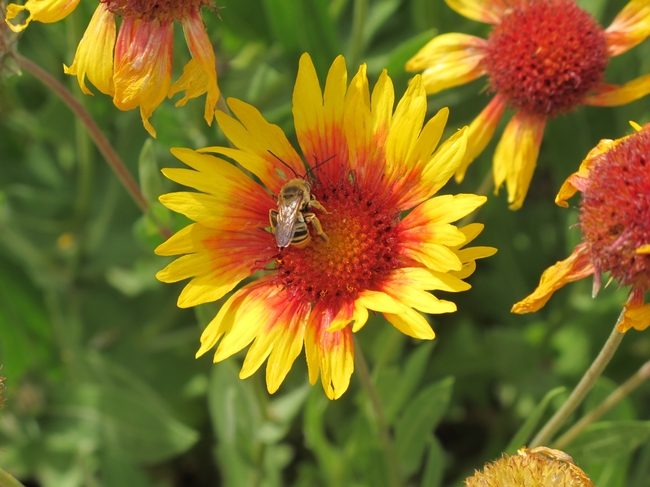
Question #1: What is pollination?
Pollination happens when pollen is moved by an insect, animal, or the wind. Pollen moves between the male part of a flower to the female part of either the same flower or another flower of the same species. This is how fertilization takes place and produces fruits and seeds.
Question #2: Which of the following are pollinators?
- (European) Honey bees
- Flies
- Wasps
- Butterflies
- Moths
- Hummingbirds
- Dragonflies
- Rats
- Native bees
- Lizards
- Beetles
All the above are pollinators, except for dragonflies, rats, and lizards! You may have been surprised to see flies, wasps, bats, and beetles listed. These pollinators help fertilize plants, although some are more efficient than others. You can support these animals and insects by planting a pollinator garden.
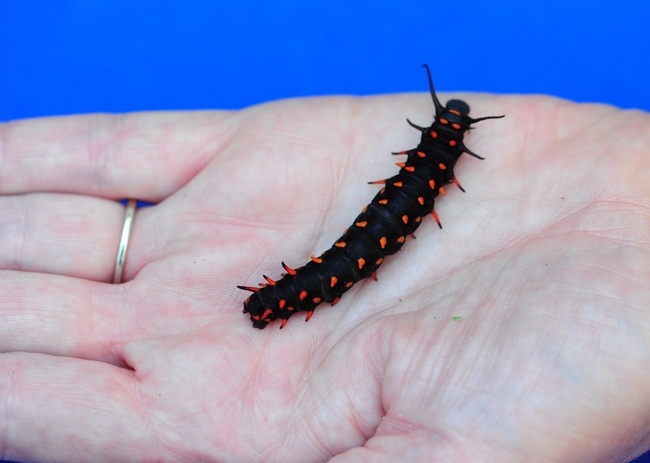
Question #3: What 3 important things do you need to provide in your garden to support pollinators?
When planning a pollinator garden, keep these 3 elements in mind:
Food
Flowers provide nectar (energy) and pollen (protein) for pollinators. However, moth and butterfly larvae (also called caterpillars) often rely on one specific plant for food.
To attract pollinators when planning your garden, purchase at least three of each kind of plant species and plant them in a group. This makes it easier for pollinators to find the plants and to return to your garden.
In fall and late winter, nectar and pollen resources are scarce, so look for plants such as Knifophia ‘Christmas Cheer,' California fuchsia (Epilobium spp.), various species of salvia such as ‘Mexican Sage' (Salvia leucantha) and Gooseberry (Ribes spp.). You can also visit nurseries and garden centers to see what's in bloom during those times.
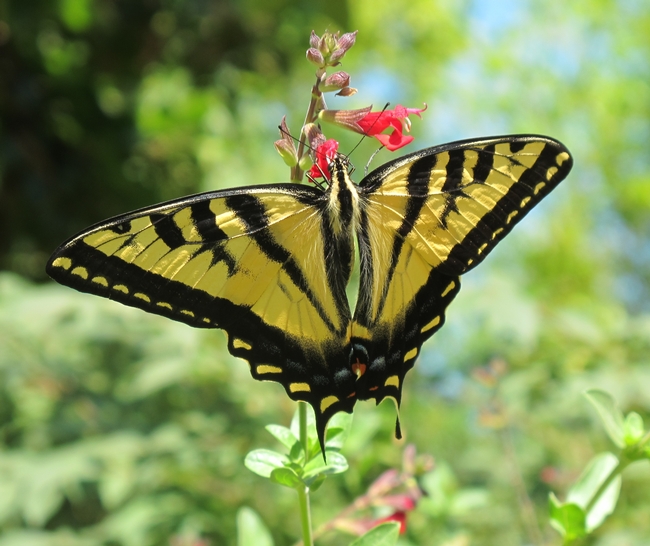
Water
Many pollinators need water for survival. Bird baths and fountains attract hummingbirds and bees and help them stay hydrated. However, make sure your water source isn't too deep, or the pollinators may drown. Add pebbles or stones to shallow dishes and floating corks to deeper containers.
Shelter
Moths and Butterflies
In addition to providing food for moths and butterflies, larval food plants also provide shelter. If you remember the book The Very Hungry Caterpillar, these critters eat a lot! Make sure you have enough food, and be prepared to have your plants stripped bare of leaves if you get a lot of caterpillar visitors!
Native Bees
Seventy percent of native bees nest in the ground, so leave bare areas in your landscape for them. The other thirty percent nest in wood or a cavity created by another critter. Create bee boxes by drilling holes ¾ apart of various diameters between ¼ to ⅜ inches. To see native bee photos, visit the UC Davis Arboretum & Public Garden page Beyond the Honey Bee. To create habitat for wood nesting bees, visit this Xerces Society page for directions.
Honey Bees
If you want to have your own hive, you can learn all about it and even take classes at UC Davis. Visit the Apiculture Courses page.
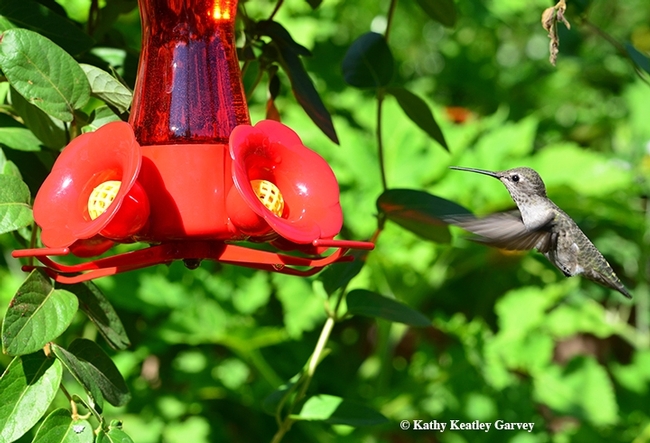
Online Resources
How to Attract and Maintain Pollinators in Your Garden
California Bee-Friendly Garden Recipes
Gardening for Pollinators
What You Might Not Know about Hummingbirds
Get to Know Common Local Native Bees
Print Resources
Frankie, G.W. et al. 2014. California Bees and Blooms, a Guide for Gardeners and Naturalists. Berkeley: Heyday books.
Jadallah, C. et al. 2017. Common Bees in California Gardens, UC ANR Publication 3552. (Bee identification cards, spiral bound.)
Shapiro, A.M., and T. Manolis. 2007. Field Guide to Butterflies of the San Francisco Bay and Sacramento Valley Regions. Berkeley: University of California Press.
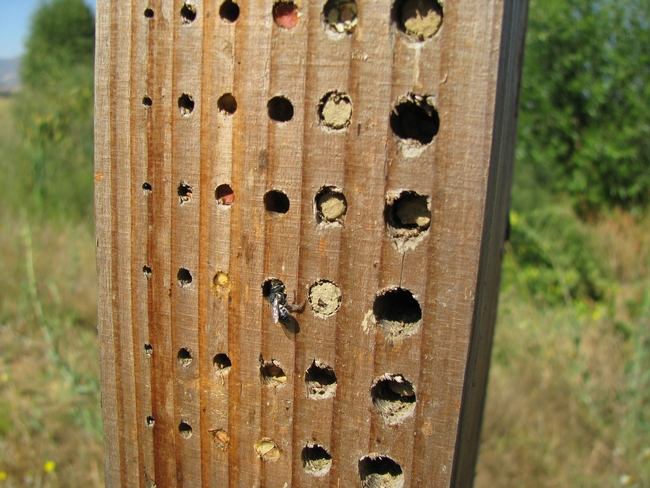
- Author: Anne E Schellman
You may have heard a lot of “buzz” about pollinators lately. Declining pollinator numbers have caused concern among gardeners in California, prompting them to ask the UCCE Master Gardener program how it can help. But instead of us just telling you about pollinators, let's test your knowledge about them with a fun quiz!
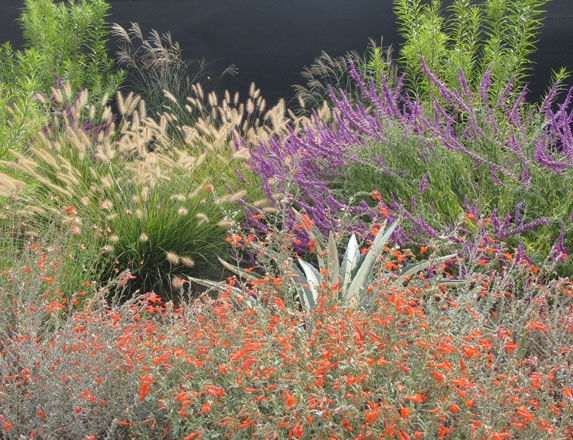
Question #1: What is pollination?
Question #2: Which of the following are pollinators?
- (European) Honey bees
- Flies
- Wasps
- Butterflies
- Moths
- Hummingbirds
- Dragonflies
- Rats
- Native bees
- Snakes
- Beetles
Question #3: What 3 important things do you need to provide in your garden to support pollinators?
Write down your answers and then read tomorrow's blog post to see how well you did! Our next post will feature the answers to help you plan a pollinator garden. Also, look for a free class from us this summer or fall on pollinators. Subscribe to our blog and follow us on Facebook and twitter so you don't miss it!

